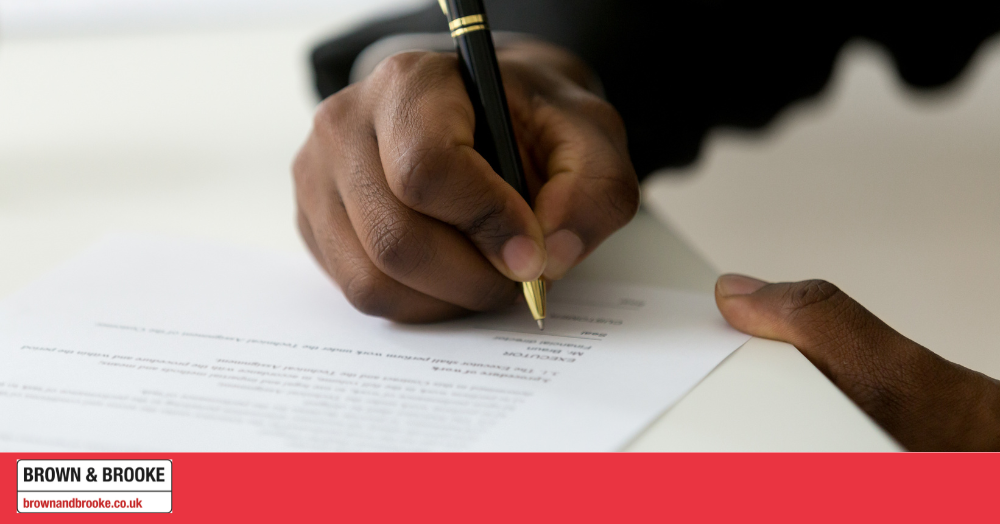Thinking of buying or selling a home in the UK? Whether you’re stepping onto the property ladder or moving on to your next chapter, understanding the conveyancing process is essential. It’s the legal backbone of every property transaction—and knowing what to expect can save you time, stress, and costly delays.
What Is Conveyancing?
Conveyancing is the legal process of transferring property ownership from one person to another. A licensed conveyancer or solicitor oversees this process to ensure all legal obligations are met, contracts are sound, and the transfer is valid.
The Conveyancing Process for Buyers
For buyers, conveyancing begins once your offer has been accepted. Here’s what the journey typically looks like:
- Instruct a Conveyancer - Choose a solicitor or licensed conveyancer to handle the legal side of your purchase.
- Legal Checks & Searches - Your conveyancer will carry out searches (e.g. local authority, drainage, and environmental) to uncover any issues that might affect the property.
- Survey & Mortgage - Arrange a property survey to assess its condition and apply for your mortgage if needed.
- Contract Review - The conveyancer reviews the draft contract, raises any legal queries, and ensures there are no red flags.
- Exchange & Completion - Once both sides are satisfied, contracts are exchanged, the deposit is paid, and a completion date is set. On completion day, the balance is transferred and you officially become the owner.
The Conveyancing Process for Sellers
If you’re selling a property, your role is equally important. Here's how it works:
- Instruct a Conveyancer Early - This allows you to get a head start on paperwork and avoid delays once you’ve accepted an offer.
You’ll complete forms like:
- Property Information Form (TA6)
- Fittings and Contents Form (TA10)
- Title Deeds or Leasehold Details
- Contract Drafting - Your conveyancer drafts the contract and sends it to the buyer’s solicitor.
- Respond to Enquiries - You may need to answer follow-up questions from the buyer’s side regarding the property or documents.
- Exchange & Completion - Once everything is agreed, contracts are exchanged, and on completion day, the keys are handed over, and funds are received.
How Long Does Conveyancing Take?
On average, the process takes 8 to 12 weeks from offer acceptance to completion. However, timescales can vary depending on:
- Length of the property chain
- Delays with searches or surveys
- Mortgage approval times
- Legal complications
Staying proactive and responsive can help keep things moving.
Tips for a Smooth Conveyancing Experience
- Choose a trusted, experienced conveyancer – ideally with knowledge of the local area.
- Communicate clearly and often – stay in touch with your agent and solicitor.
- Be organised – keep your documents accessible and respond promptly to requests.
- Manage expectations – delays can happen, so stay flexible and patient.
- Ask questions – don’t be afraid to seek clarification if something isn’t clear.
Final Thoughts
While the conveyancing process can seem complex, having the right professionals by your side makes all the difference. At Brown & Brooke, we work closely with local solicitors and conveyancers to support our clients every step of the way. Whether you're buying or selling in SE10, SE3, or surrounding areas, we’re here to help ensure your move is as smooth and stress-free as possible.


